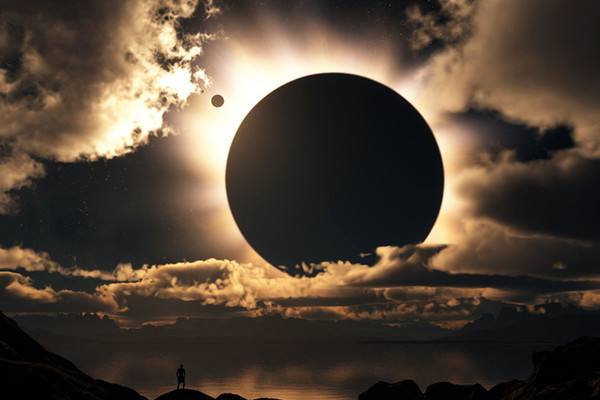This is Scientific American — 60-Second Science. I'm Emily Schwing.
More than 900 years ago, the Pueblo people were thriving in New Mexico's Chaco Canyon. While they were there, the region experienced what the whole country is looking forward to on August 21st: a total solar eclipse. Theirs took place in the year 1097—and they may have left a record of the event.
"I spotted this very peculiar petroglyph, which was a round object."
Kim Malville is a retired Solar Astronomer from the University of Colorado Boulder. In 1992, he and colleagues were leading a field course in Chaco Canyon when he noticed a unique carving on the south side of a rock.
"...which was a round object with loops coming out of it, and it struck me as maybe this was an image of the sun with the corona in a very active state. And maybe at that time, there is what is known as a coronal mass ejection."
That's when a giant cloud of plasma spirals off the sun's surface because of a solar flare. "It was somewhat foolhardy I suppose, on our part to suggest a particular explanation for it." But Malville knew that he had a testable hypothesis.

Astronomers knew that the region had a total solar eclipse on July 11, 1097. During the brief darkness, the sun's corona would have been visible. Solar activity increases and decreases on a roughly 11-year cycle, so Malville used various historic records to find out what was happening in 1097.
"And all of these indicated that in 1097, the sun was indeed in a state of very high activity and thus, we couldn't prove that this was actually an image of the corona, but we could not falsify our hypothesis."
In another portion of Chaco Canyon, a pictograph high on an overhang has been interpreted as marking a supernova explosion in 1054. Below that, a pictograph may mark the sighting of Hailey's Comet in 1066.
"And all three of them may have played a role in intensifying people's interest in the heavens and looking at the heavens very carefully."
Which is exactly what millions of current residents will be doing during this summer's solar eclipse over North America.
Thanks for listening for Scientific American — 60-Second Science Science. I'm Emily Schwing.












